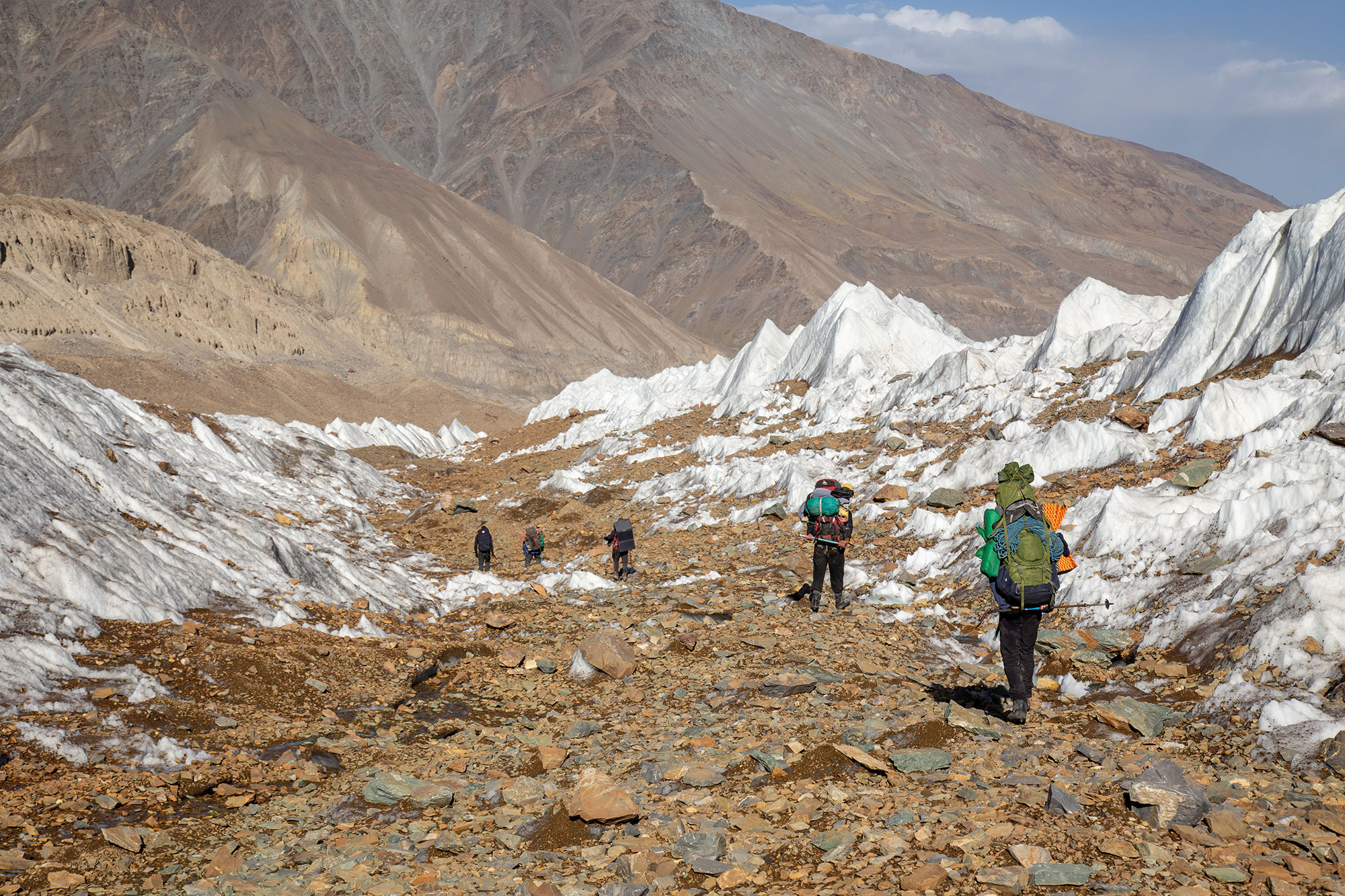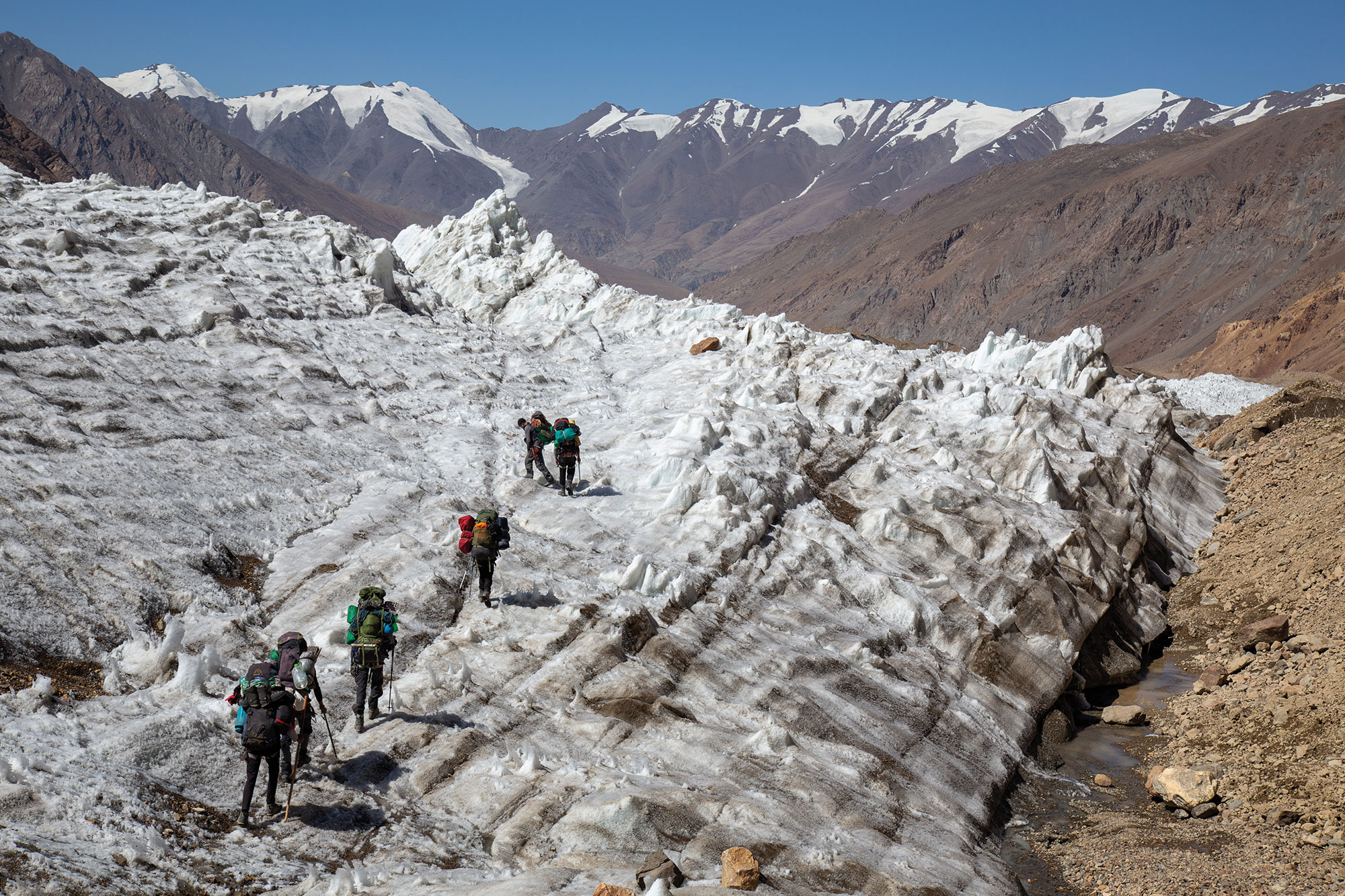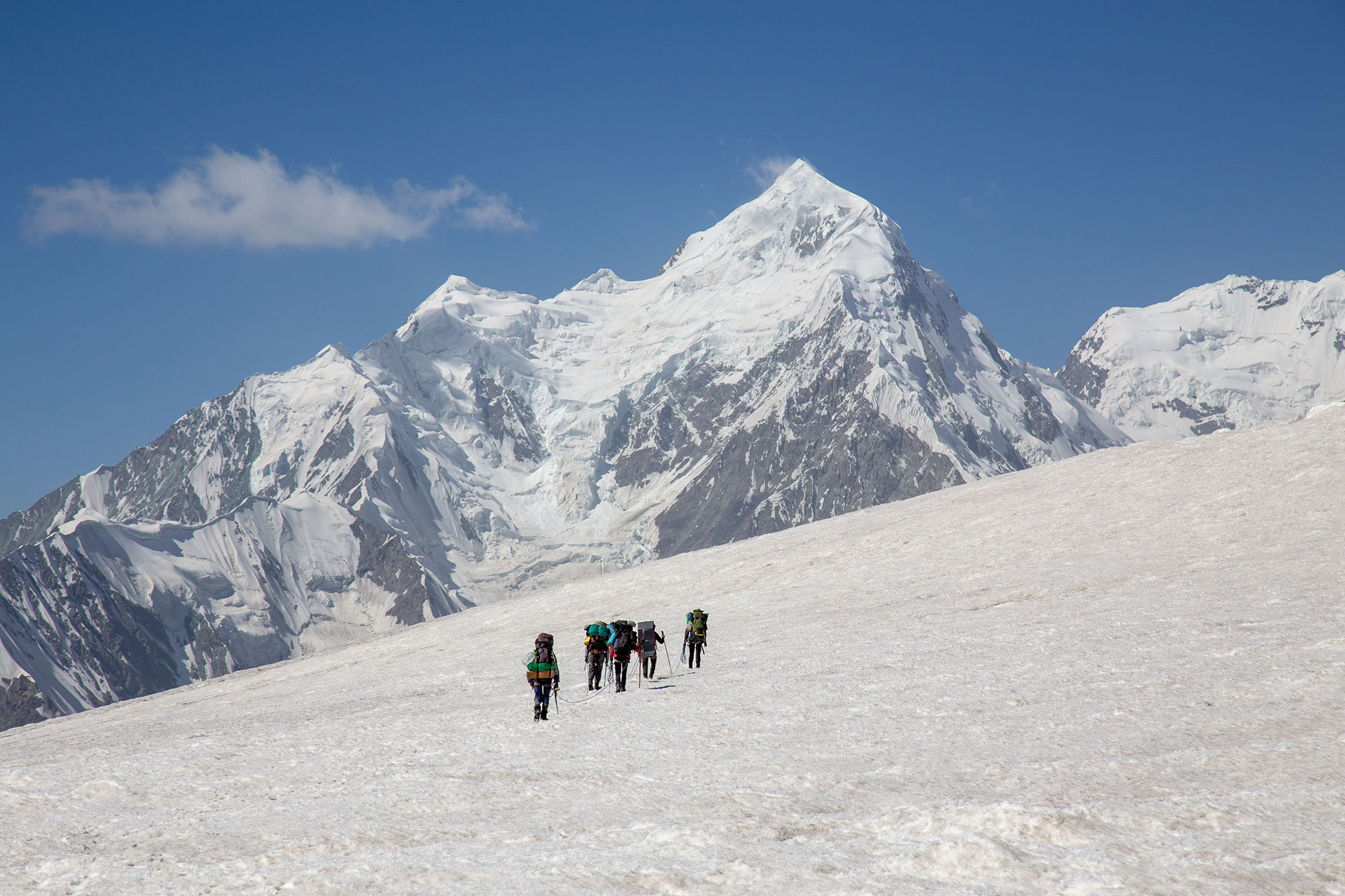By: Eva Toschi
With: Picture Organic Clothing
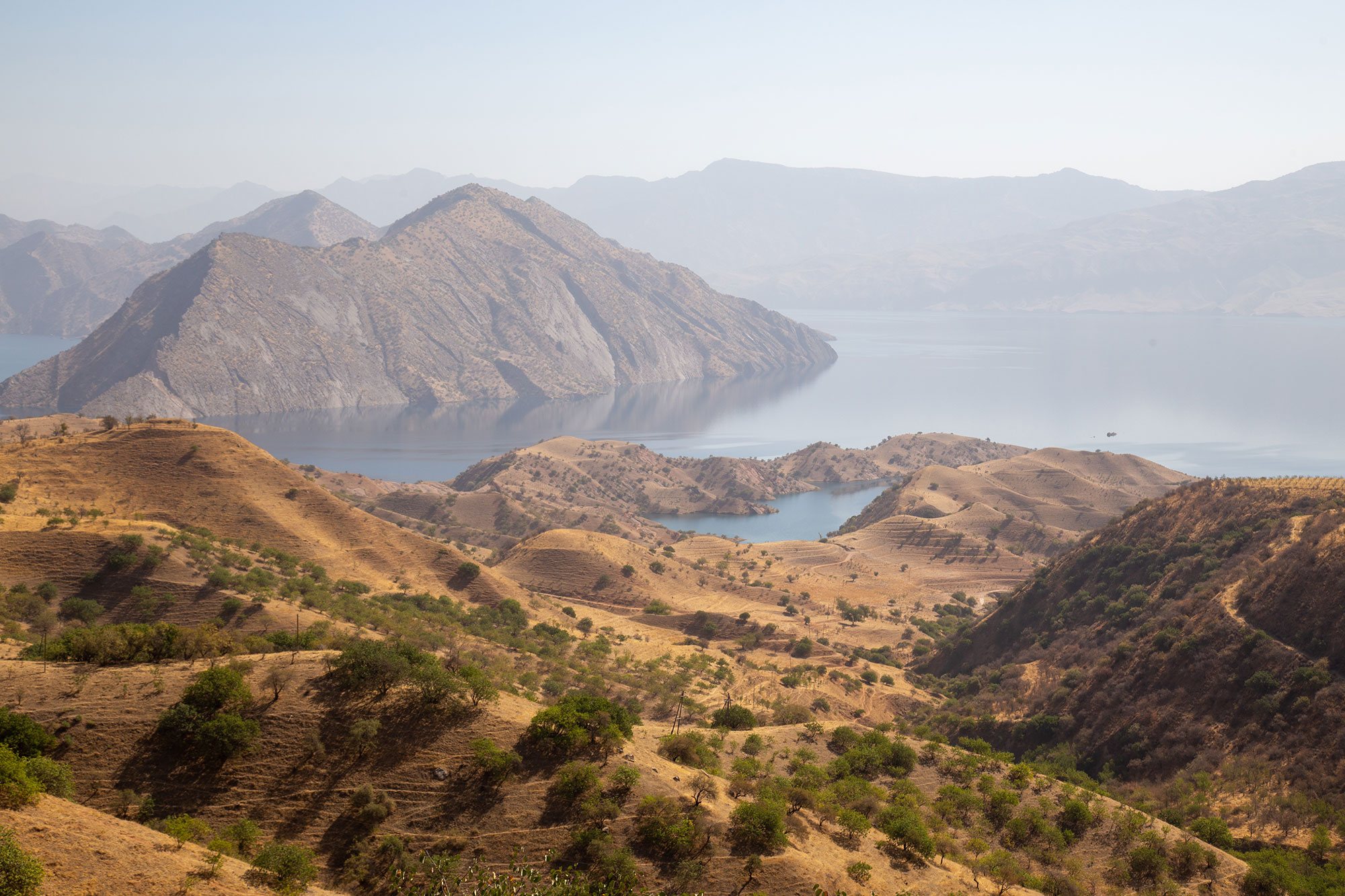
Fedchenko, the forgotten glacier
Glaciers tell us a lot about the past and, observing them carefully, allow us to predict the future: of the glacier itself, of the nearby villages and large cities that survive, often unknowingly, thanks to it, and of the entire planet. For this reason it is so important to study them, to know them, to protect them. And it is precisely the desire for knowledge and sharing that led Cédric Gras and Matthieu Tordeur in Tajikistan, on the Pamir Mountains, to explore Fenchenko, the forgotten glacier. Together with them there were filmer Christophe Raylat and a team of local guys who helped them get around these mountains and bring all the necessary equipment. Some of them had only heard at school about these places far from everything, where nature is so severe that do not to allow errors of any kind.
The passion, which led Matthieu to explore some of the largest and most remote glaciers ever existed, comes from a greater interest in deserts, for those places where humans have never been or where they are not welcome. In those places you can relate to nature in its purest state and, having to constantly adapt to survive, you learn a lot about yourself.
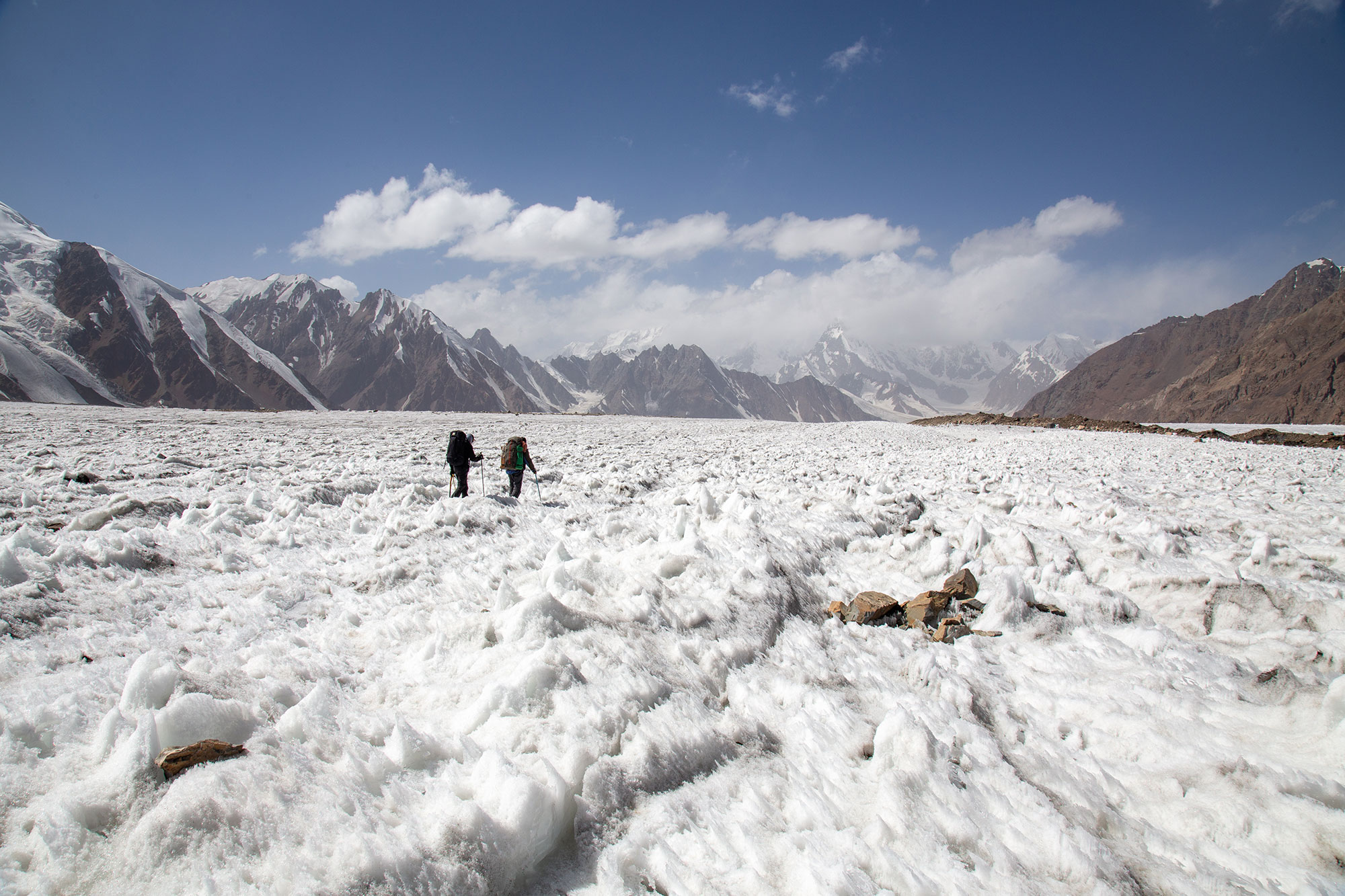
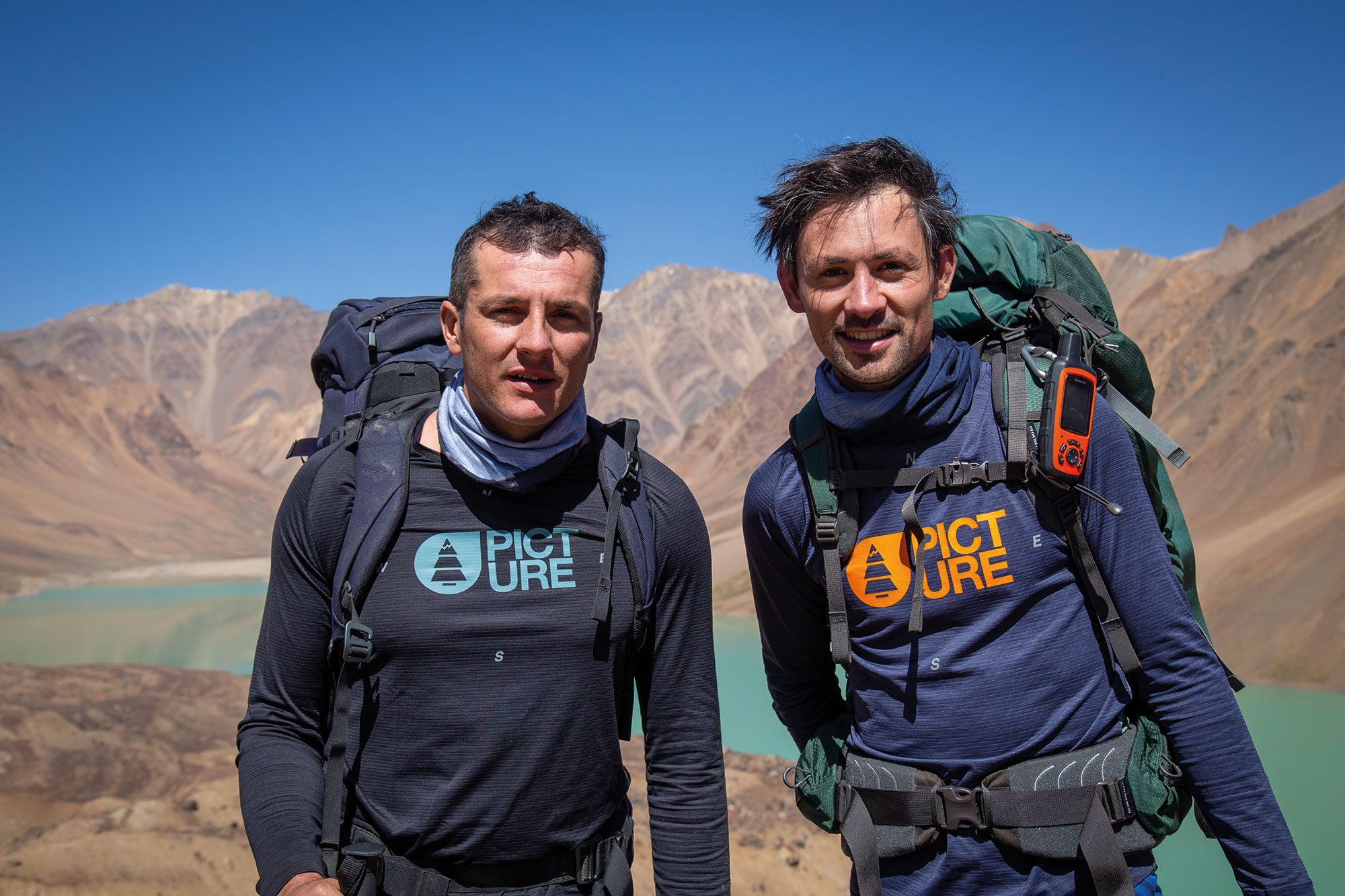
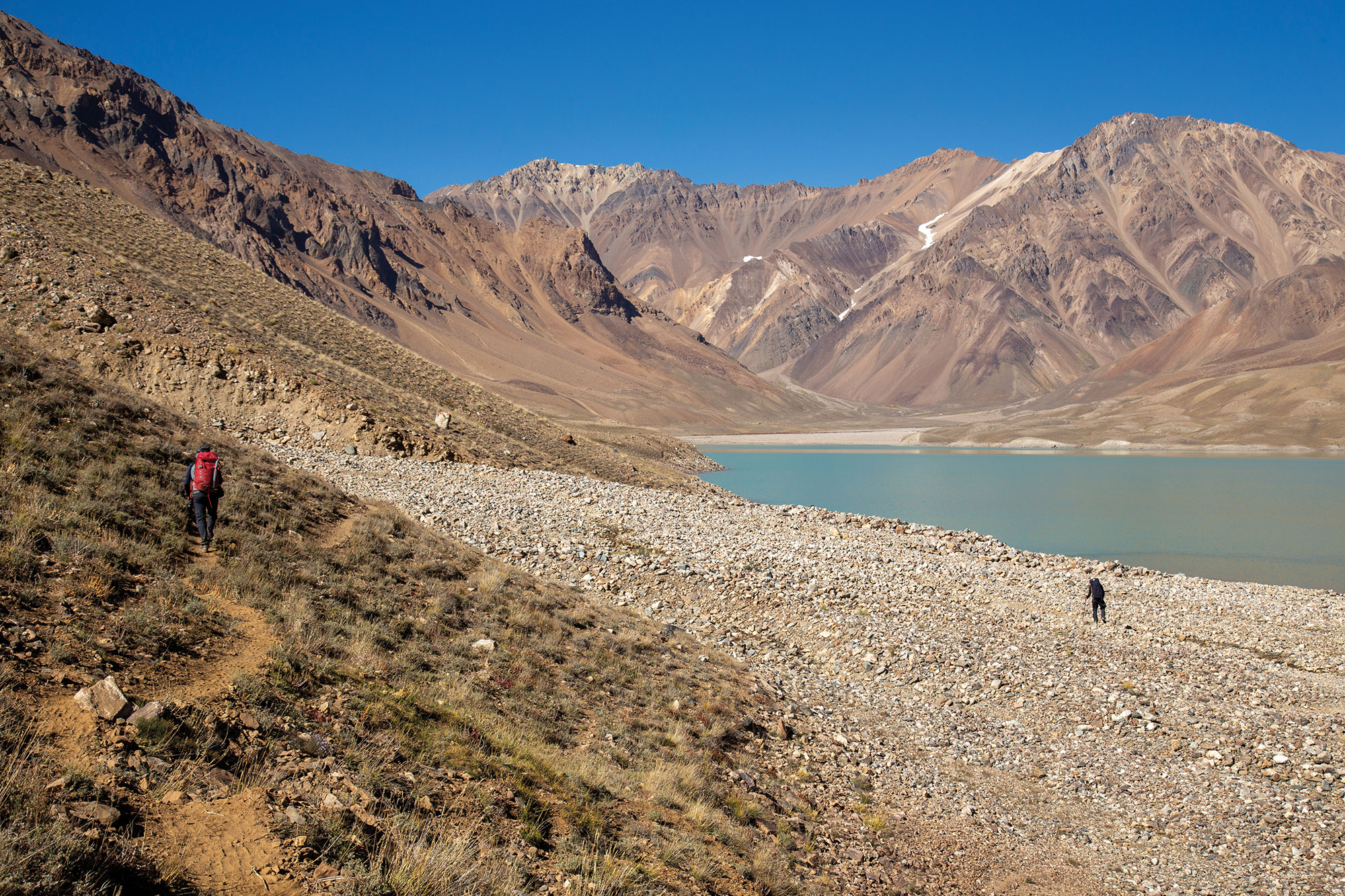
The forgotten glacier
Pamir Mountains are quite close to much more well-known mountains, such as the Himalayas, but compared to these they are very different. First of all for the locals who have no spiritual connection with them. Most of those who live in the city have not the slightest idea that the water they drink comes (also) from Fedchenko and, in some cases, they have never even heard about it. The only Tajiks who, on the contrary, have a strong bond with nature are the few who live in the high altitude villages that are isolated by snow in winter and who have learned to observe and respect nature, even to bow to it.
Due to this lack of mountain culture, it was very difficult to find someone local who could help Cédric, Matthieu and Christophe in the Fedchenko expedition. Here there are no Mountain Guides nor there is any rescue: the last helicopter that flew into the Pamir Mountains is now a wreck crashed to the ground. In the end, however, it was possible to create a close-knit and balanced group, with porters who, even if just starting out, showed they were capable and, above all, enthusiastic. Together, this diverse team tiptoed around the forgotten glacier on a 10-day expedition in September, the best and only month in which it is possible to get to Fedchenko due to the water flow coming from the melting of the glacier. In some points, in fact, with watercourses too strong to be forded, it would not be possible to go on.
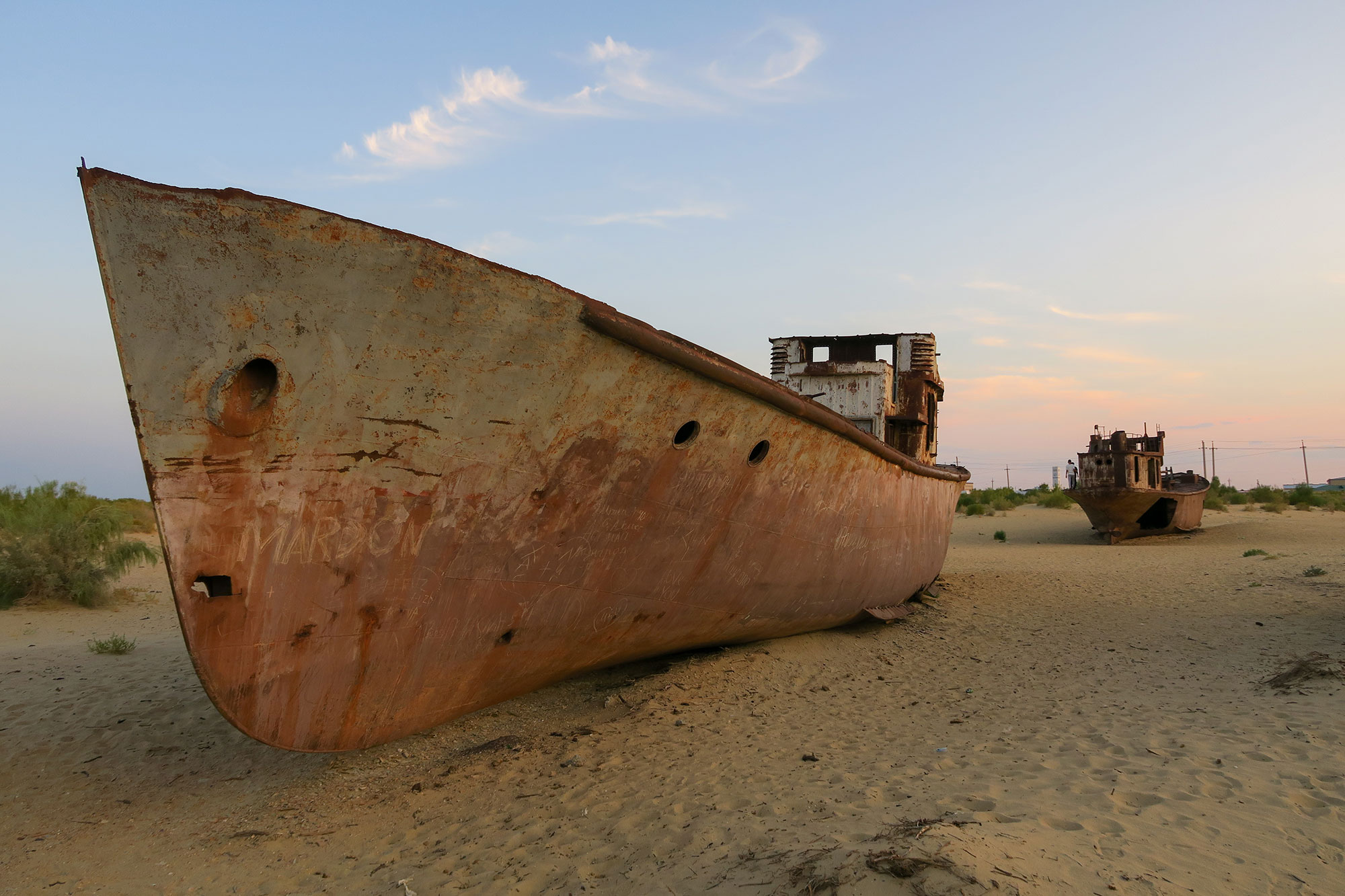
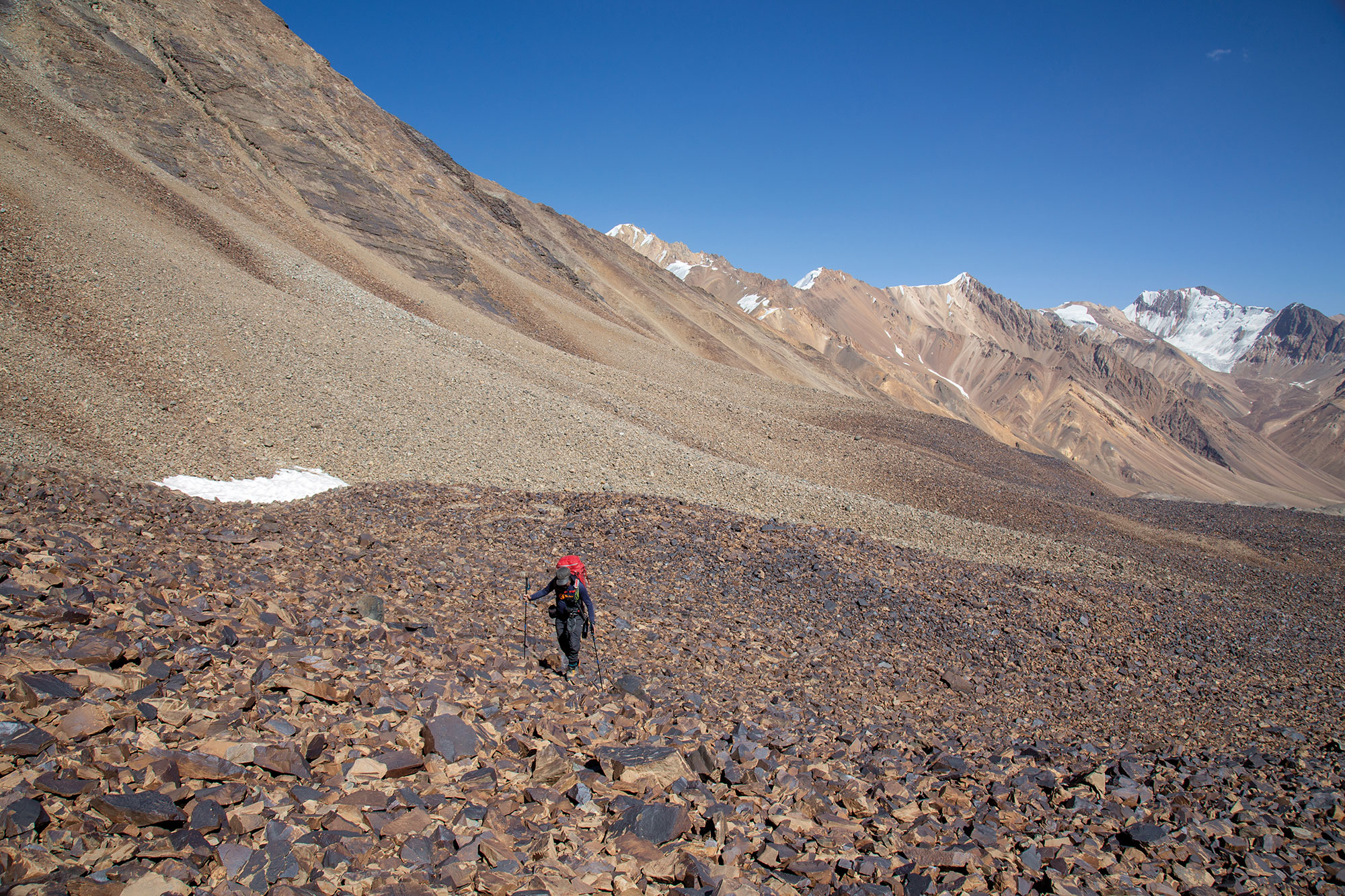
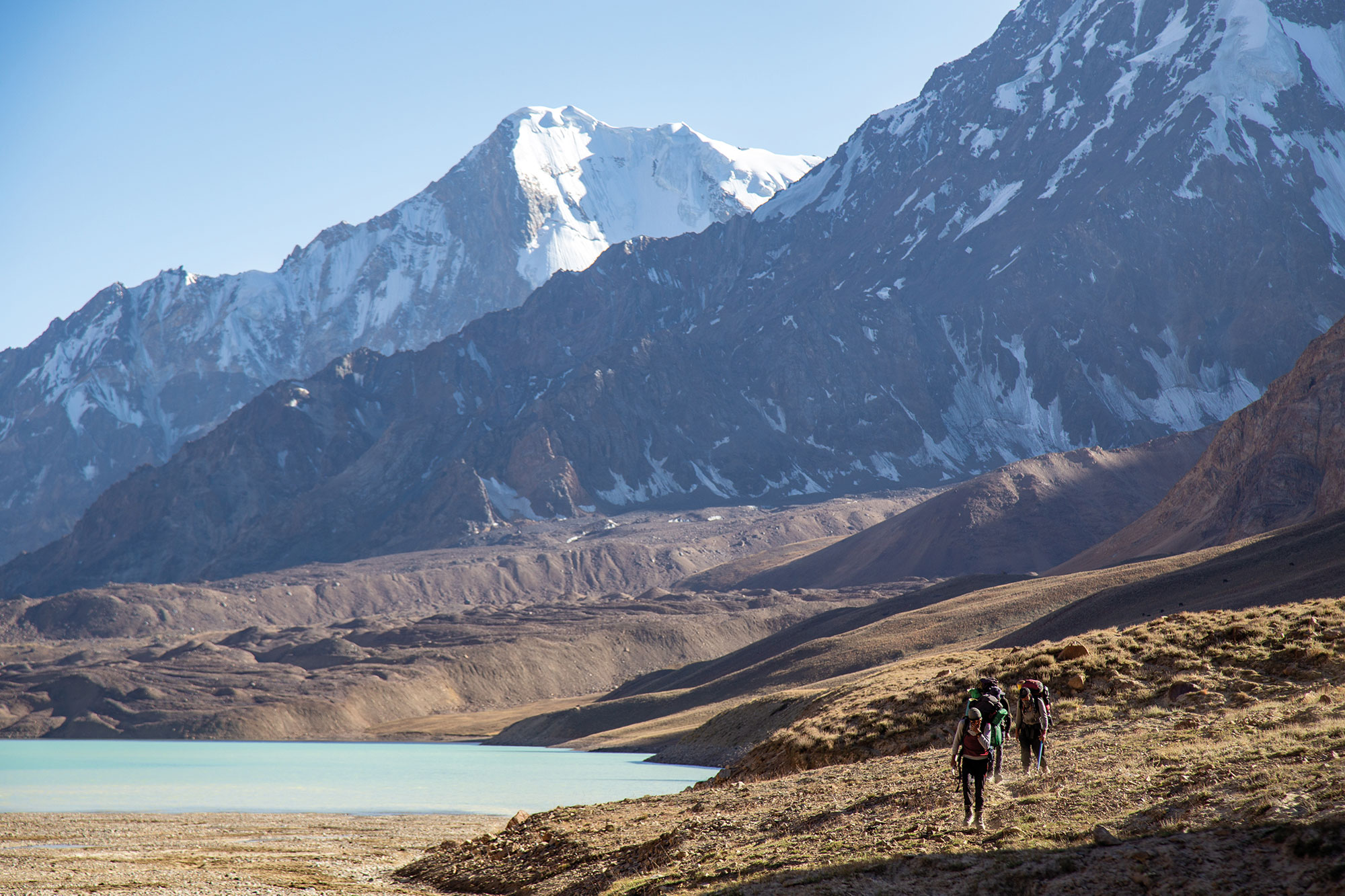
Huge and relevant
Although Matthieu has also been to Antarctica, what struck him most about Fedchenko is its huge size. Not only of the glacier but of the whole network of glaciers that develops in those mountains. A real ice desert, where men can only pass through. In such a remote place, without the possibility of rescue, one is forced to proceed carefully and reduce the risk to a minimum: you can rely only on yourself and on your companions and you are forced to be humble. You will feel vulnerable and small. It is rare today to have the opportunity to live such true experiences.
Often when we observe glaciers, the first thing that comes to mind is not their size, but rather their very fast and unstoppable retreat, which causes us sadness and concern. What the expedition team observed, however, is a healthy glacier. For the moment. The altitude and the abundance of snowfalls are balancing and keeping the glacier in good condition today, but a tomorrow made of melting and flooding downstream is necessarily hypothesized. Sooner or later, Fedchenko will also begin to retreat and all people who now benefit from it will be forced to adapt, as nature claims.
When we hypothesize an increasingly dramatic future for glaciers, we often feel helpless and wonder what can be done to slow down this unstoppable process. Matthieu has decided to explore these often forgotten places but so much important for the survival of all the species on the planet and, in that way share and make them known. Because only if you know something, you can save it, save yourself and survive.
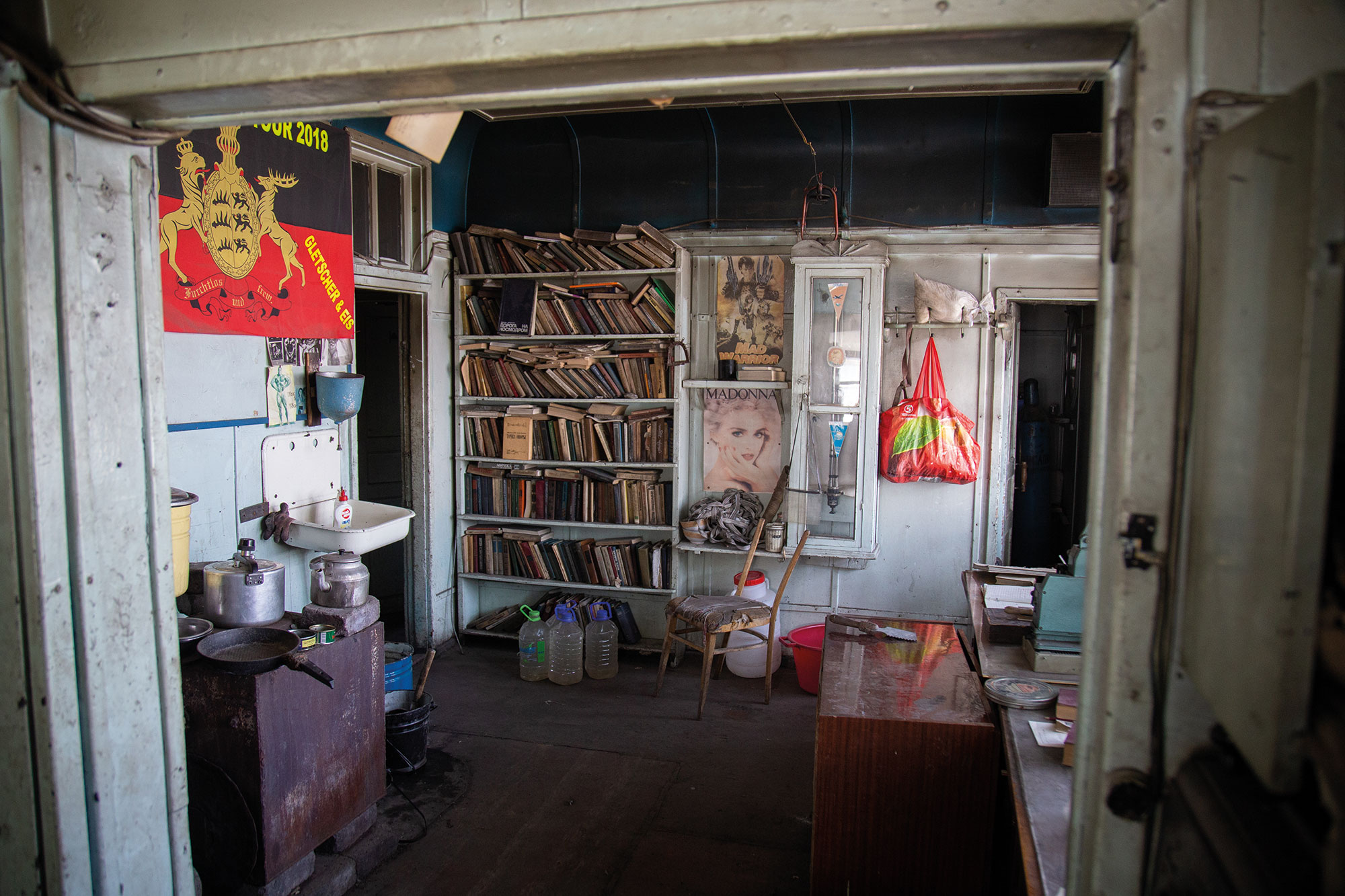
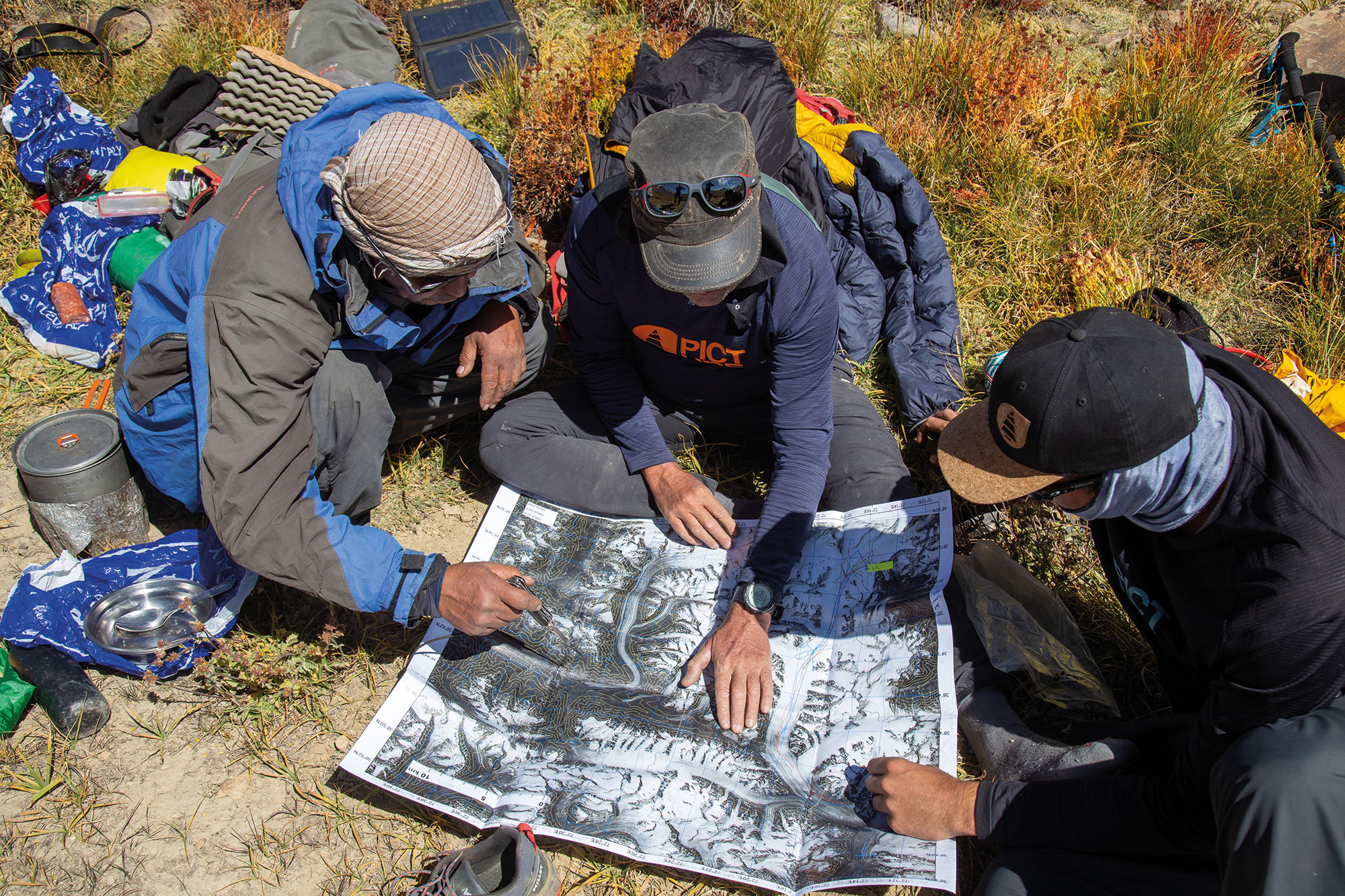
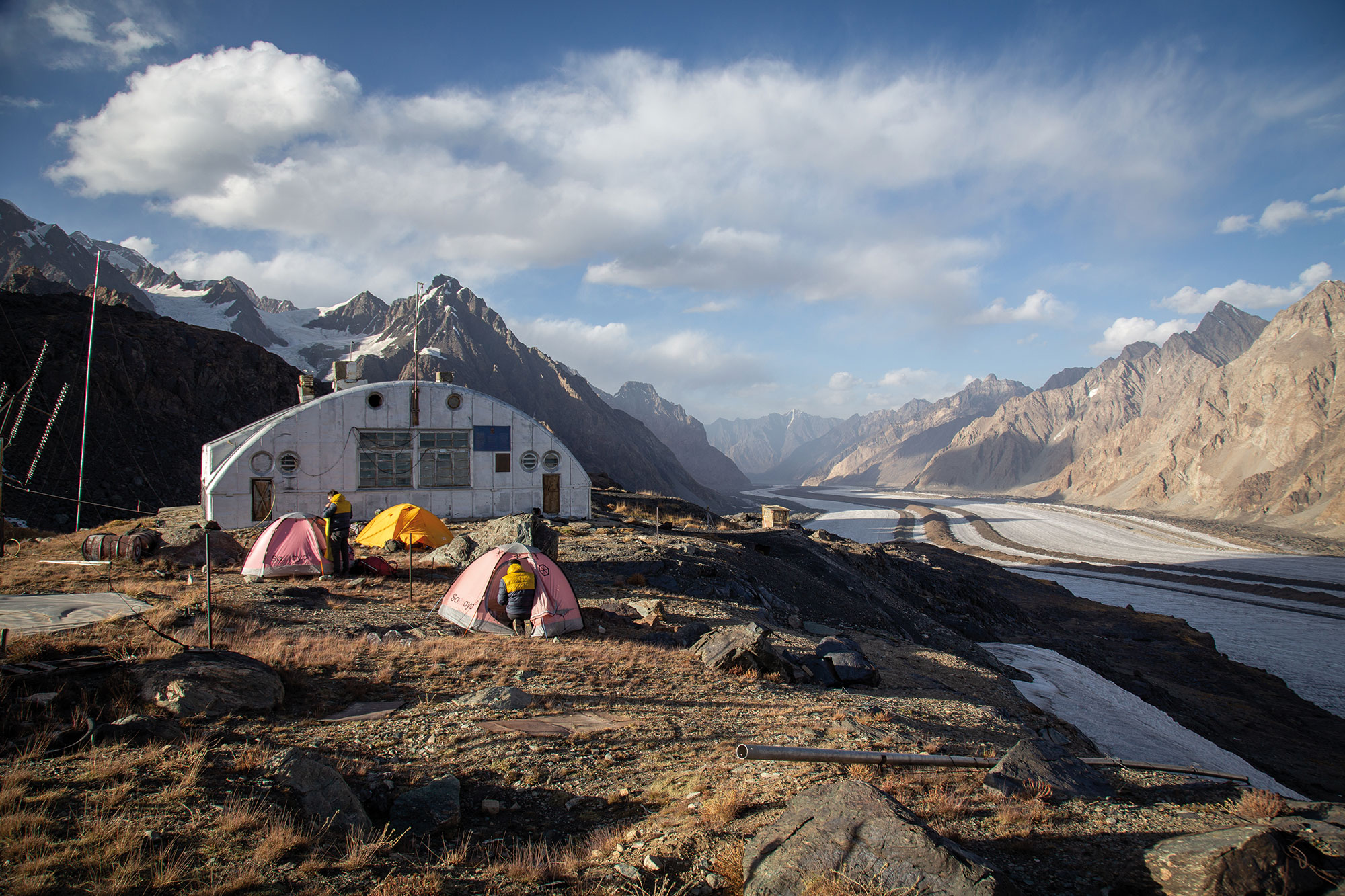
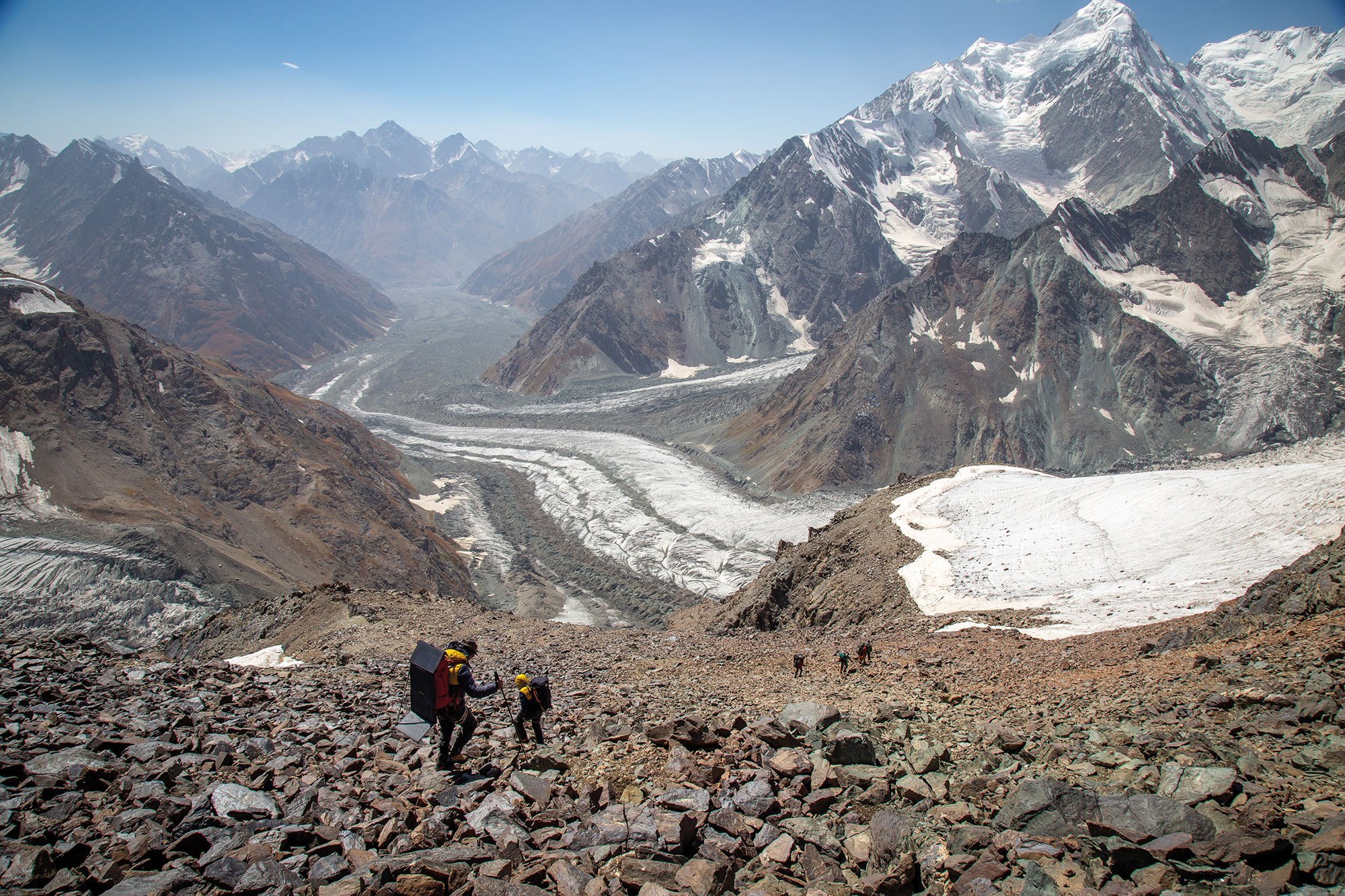
Fedchenko, the forgotten glacier – Picture’s movie
Their target is the 77-kilometer-long Fedchenko glacier, the longest non-polar glacier in the world. It is an example of the hundreds of glaciers that sustain life downstream in the deserts of Central Asia. After reaching Tajikistan by train, Cédric and Matthieu venture into the depths of the mighty Pamir Mountains. Accompanied by a team of Tajiks, they intend to follow in the footsteps of those who first explored the high mountain passes and wild rivers of the region. Climate change has had little effect around here. Although the Aral Sea has dried up 2,000 kilometers away, the main reason is the overzealous diversion of melt water for irrigation, which began in Soviet times. After ten days of traveling, Cédric and Matthieu reach an old scientific research station built right above the Fedchenko glacier. Surrounded by breathtaking glacial peaks, it appears to have only recently been abandoned by its old keepers. All tools and everyday objects have remained as they were. The USSR understood the importance of the Pamir Mountains as a watershed for the countries of Central Asia. With Christophe Raylat behind the camera, Cédric and Matthieu delve into this important issue.
